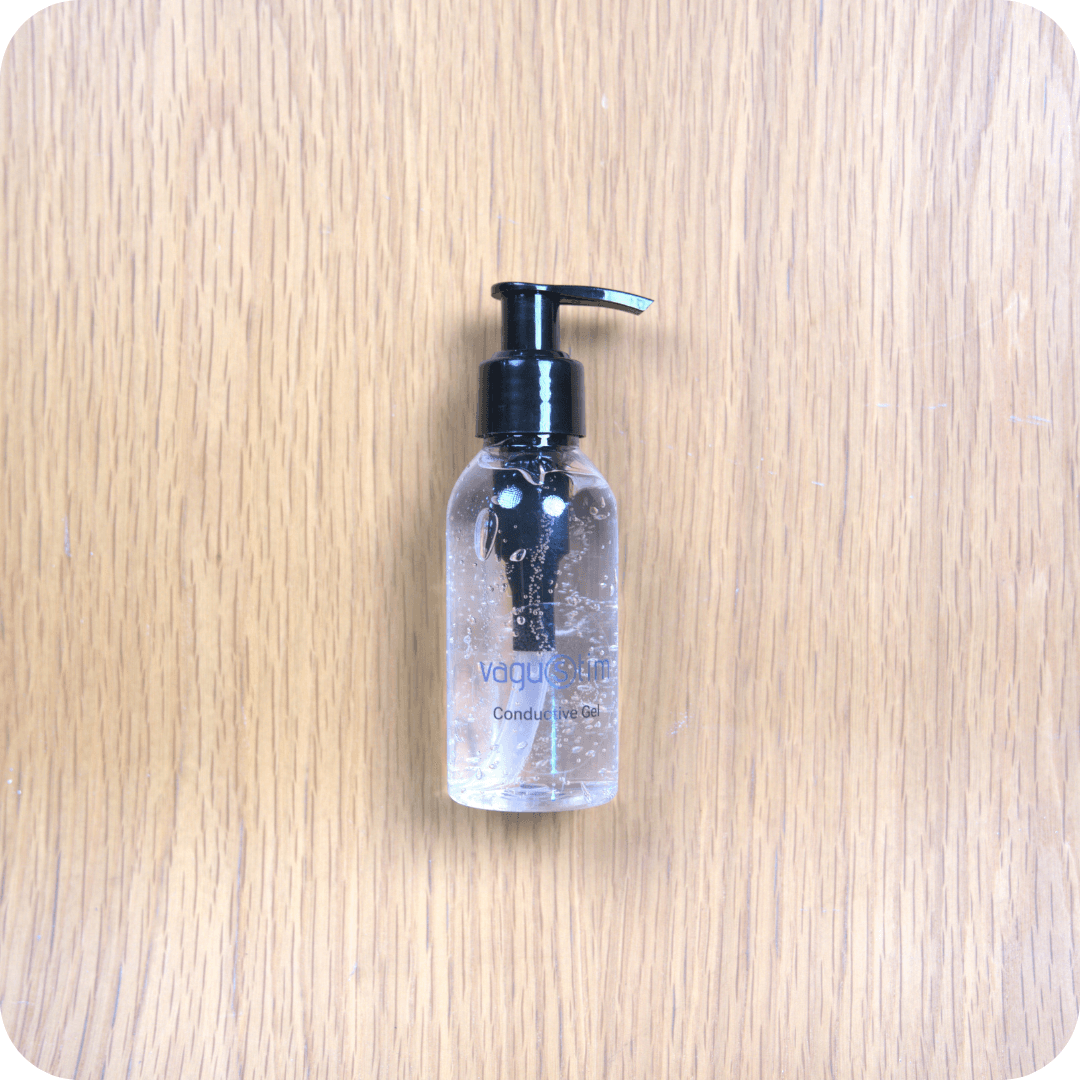Autism Spectrum Disorder (ASD) is not just a diagnosis—it’s a world of unique perceptions, sensitivities, and strengths. But for many individuals on the spectrum, that world is also accompanied by crippling anxiety, emotional outbursts, and a constant sense of unease.
Now, an unexpected ally from deep inside the nervous system is beginning to shine a light on a new path: Vagus Nerve Stimulation (VNS).
Originally used for treating epilepsy and drug-resistant depression, VNS is now being explored as a groundbreaking tool to retrain emotional responses, regulate behavior, and quiet the storm of anxiety in individuals with autism.
What Makes the Vagus Nerve So Powerful?
The vagus nerve travels from your brainstem through the lungs, heart, and gut. It’s a key switch in the parasympathetic nervous system, which controls your body’s relaxation and recovery mode.
When we stimulate this nerve, we’re not just relaxing the body—we’re tapping directly into brain circuits that regulate:
· Fear
· Anxiety
· Memory
· Social behavior
And here's where things get interesting...
Rewriting Fear: The Science Behind VNS and Autism
A study published in Frontiers in Neuroscience explored the use of VNS in supporting fear extinction—the brain’s ability to “unlearn” fearful associations—in individuals with autism. Why does this matter? Because traditional exposure therapy (which helps people face fears gradually) often doesn’t stick for individuals on the spectrum. Relapses are common, and generalization is weak.
But when VNS was paired with exposure to fear-inducing stimuli, something powerful happened:
· The fear faded faster.
· Anxiety dropped.
· The brain rewired itself more effectively.
Unexpected Breakthroughs: Behavioral Gains That Weren’t Even the Goal
Sometimes, science stumbles upon hope.
In a separate review published in Seizure, researchers noticed something curious: children with ASD who were receiving VNS for epilepsy began to show surprising behavioral improvements.
Without any targeted autism therapy, these kids experienced:
· Fewer meltdowns
· Increased eye contact and social connection
· Better attention spans
· Stronger emotional regulation
This wasn’t just coincidence. It turns out VNS might be helping by boosting serotonin and norepinephrine, two chemicals often imbalanced in autism.
What Could This Mean for the Future of Autism Care?
VNS won’t “cure” autism—and it shouldn’t. But for the millions of individuals struggling with overwhelming anxiety, aggression, or emotional dysregulation, this technology could offer a gentle nudge in the right direction.
And the best part? Transcutaneous auricular VNS (taVNS)—a non-invasive, ear-worn version of the technology—is making this future closer than ever.
Imagine:
· A child staying calm during transitions
· A teenager facing school without anxiety spirals
· An adult with ASD sleeping better and thriving in social settings
This isn’t science fiction. It’s science in motion.
Conclusion: A New Chapter in Neurotechnology
The brain of an autistic individual is not broken—it’s beautifully complex. But sometimes, it needs help to navigate a world not built for its wiring.
With VNS, we may be unlocking a tool that doesn’t just treat symptoms but enhances emotional learning, resilience, and quality of life—one gentle pulse at a time.
Let’s invest in that possibility. Because every calmer breath, every social smile, every moment of connection matters.
Keywords:
Autism Spectrum Disorder, Vagus Nerve Stimulation, Emotional Regulation, taVNS, Non-Invasive Neuromodulation, Anxiety in Autism, Fear Extinction, Neuroplasticity, ASD Innovation, Behavior Support
References:
Carpenter, L. L., et al. (2022). Enhancing Fear Extinction in Autism Spectrum Disorder Using Vagus Nerve Stimulation: A Preclinical Perspective. Frontiers in Neuroscience. https://pmc.ncbi.nlm.nih.gov/articles/PMC9600938/




